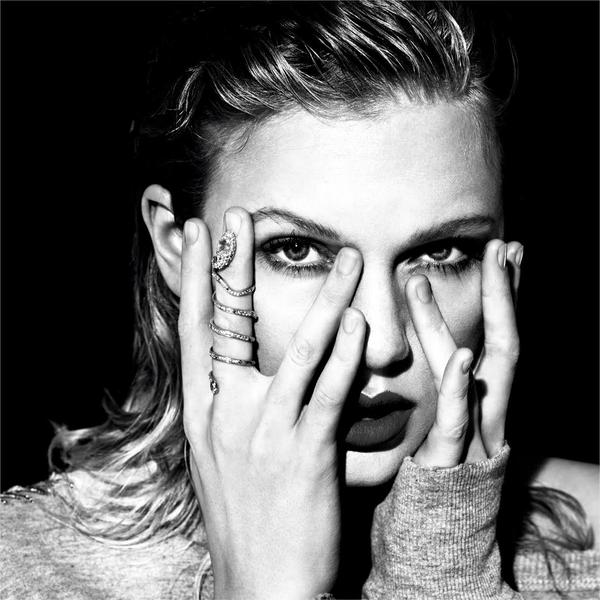Taylor Swift: Look what you made us do

Official photo from taylorswift.com
The release of Taylor Swift’s new single “Look What You Made Me Do” has sparked debate from fans and critics alike.
September 21, 2017
After a three year hiatus from her solo career, Taylor Swift (the one that is still alive) has recently accomplished what was thought to be impossible: dividing the nation even further with her new single “Look What You Made Me Do.”
People all over the world have taken to Twitter to either support or mock Swift‘s new song. It is like seafood, listeners either love it or hate it.
To begin, the song has an eerie similarity to the well-known “High School Musical 2” jam “Bet on It,” paired with a subpar allusion to a Britney Spears’ beat. In layman’s terms, the song is unoriginal.
The beat is equivalent to hitting three notes on a Fischer Price keyboard: simple. The melody follows suit, and can be further described as someone driving down a dead-end street. It goes nowhere.
The chorus is about as surprising as the end of the Titanic movie. The lyrics, “Look what you made me do,” are sung in a repetitive theme of notes, emphasizing that her recent behavior is not her own fault.
Taylor makes countless digs at fellow celebrities, including Kanye West and Katy Perry. In verse one, Swift sings “I don’t like your tilted stage,” referring to Kanye’s tilted stage stunt during his “Life of Pablo” tour.
In her second verse, she sings “The world moves on, another day, another drama… not for me, all I think about is karma.” In Katy Perry’s slightly better song “Swish Swish,” she sings, “Karma is not a liar, she keeps receipts,” revealing the unresolved tension between Perry and Swift.
Overall, the most cringe-worthy lyric in the song, is the phone call bit where she states the old Taylor is “dead,” with an oversaturated punk/rock knockoff tone. This further explains the symbolism of the fourteen different Swift personas seen in the final frame of the music video.
Ironically, Taylor admits how easily she is changed and swayed by her surroundings for someone who rooted her career in self-acceptance.
The song reflects her malleable personality and different personas, which prove that Taylor reinvents herself at every critique.
The new Taylor will surely join the graveyard that is accompanied by the previous personas that failed her in her attempt to secure immortal fame.


